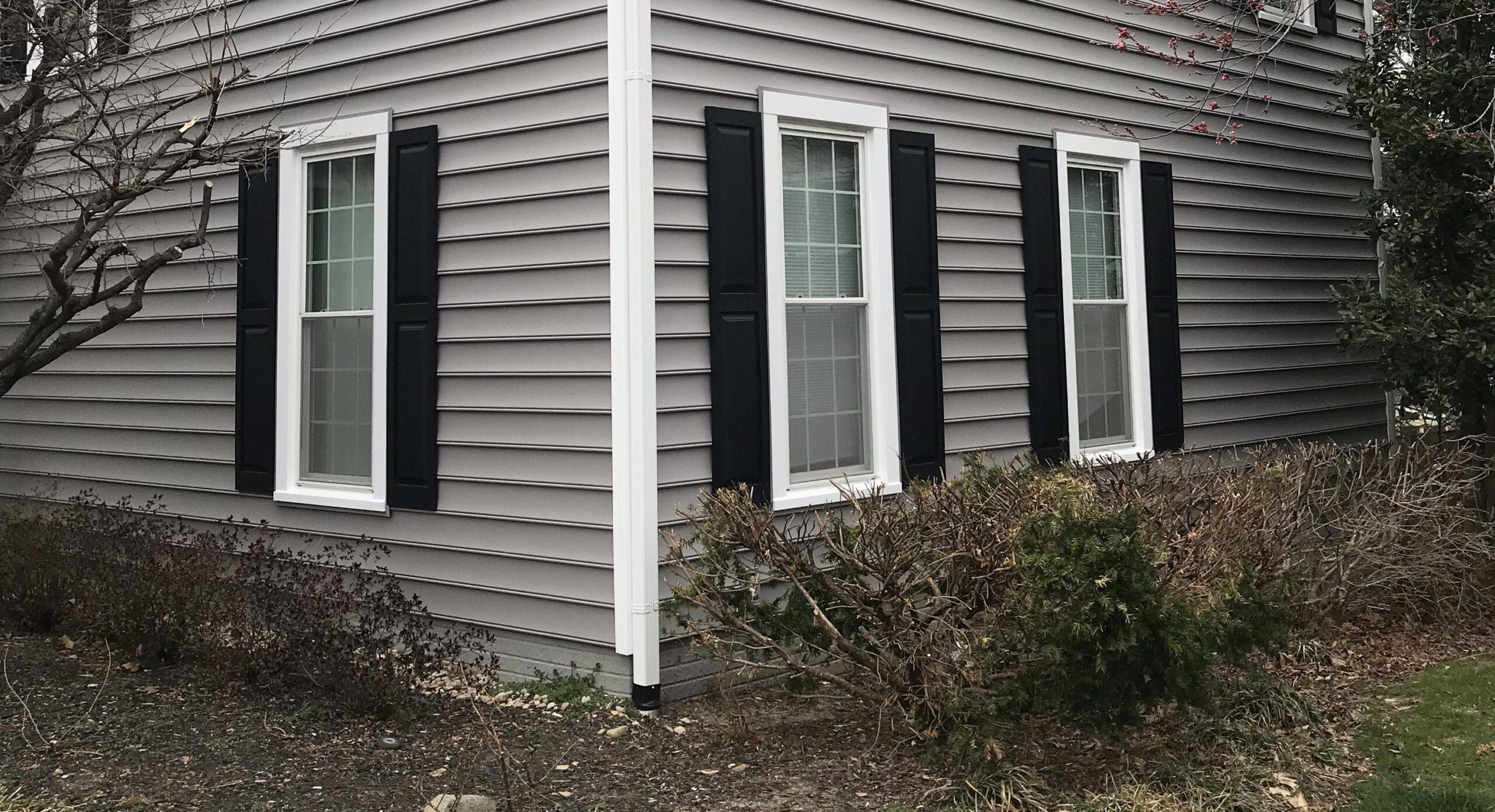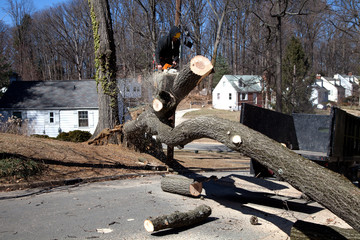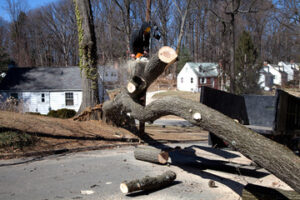The exterior of your home requires regular maintenance to keep it looking great. Whether you have brick, stucco, or fiber cement siding, it will need to be painted, scraped, cleaned, and treated for wood rot.
Vinyl is a low-maintenance alternative to traditional materials. It’s available in a variety of colors, designs, and textures, including clapboard, beaded seam wood grain, and log vinyl. Checkout https://sidingrepaircharleston.com/ for more information.
Unlike wood siding, vinyl is not susceptible to swelling, cracking, or insect damage. It is also very low maintenance, so homeowners can spend less time cleaning and more time enjoying the benefits of owning a home.
Cleaning vinyl siding is relatively simple since it can be wiped down or washed with water from a garden hose. You should clean your house’s vinyl siding at least once a year to prevent dirt accumulation and remove mold, mildew, and other unsightly stains.
The low maintenance of vinyl siding is also environmentally friendly, since it does not require the deforestation or mining necessary for other types of exterior materials. Additionally, vinyl does not need painting, staining or caulking, which reduces harmful solvents from being released into the environment.
Many homeowners prefer to leave their vinyl siding a natural color and avoid paint, but you can still paint your home’s vinyl siding if you wish. The best type of paint to use for this purpose is a good-quality, outdoor latex paint. Vinyl does not absorb sunlight very well and may fade over time if it is painted a dark color, so it is important to choose a light shade.
You should also be careful not to place anything too close to your vinyl siding, including grills and patio torches. Vinyl has a low melting point and can melt if it is exposed to direct heat for long periods of time. Keeping a reasonable distance between your vinyl siding and sources of intense heat can help it last longer. You should also be careful when using herbicides or insecticides near your vinyl siding, as they can cause discoloration. Taking these precautions can keep your vinyl siding looking beautiful and new for years to come.
Durability
Many homeowners have been put off by vinyl siding in the past due to its plastic-like appearance, but that has changed with advances in technology and manufacturing. Manufacturers now offer a wide range of colors and textures that emulate other materials such as wood or stone. This allows homeowners to create a specific aesthetic without the extra expense and work of these other materials.
Another issue that was once a problem with vinyl siding is its vulnerability to harsh weather conditions. This is no longer a problem with today’s best vinyl siding, which is resistant to fading, insects, and even strong winds.
Vinyl siding also resists scratches very well. Scratches are less of a concern with this material as they do not reveal the underlying color, unlike paint. This makes the material a great option for areas where dirt or debris frequently accumulates. The smooth surface of vinyl is easy to clean, and mud, bugs, cobwebs and dust are easily removed with a garden hose or power washer.
The durability of vinyl is especially important if you live in an area with frequent rain or snow. The rainwater will wash away any dust or cobwebs and the snow will melt off quickly, helping to keep your home looking fresh. Vinyl is also an excellent insulator, which may help reduce your utility bills by aiding in temperature regulation. Unlike metal or wood siding, which can rust or corrode with exposure to moisture, vinyl will not warp or bend when wet. It is also a non-flammable material that will not rot or attract pests.
Style
One of the biggest problems with vinyl siding in the past was its appearance. It had a very plastic, shiny, and artificial look to it that was not appealing to many homeowners. However, improvements in technology and production have resulted in vinyl siding that is more natural looking. It also is not as prone to fading in the sun like other materials.
There are many different color and style options for vinyl siding. You can choose from maintenance-free classic clapboard, beaded, wood grain, and log vinyl. Each option is available in a variety of widths and textures to match the unique style of your home. Vinyl is a great choice for Colonial-style homes, beachfront property, and even ranch-style houses.
If you’re looking for a way to update your exterior, recladding your house with vinyl could be the best choice for you. It can be a quicker and cheaper option than repainting the existing paint, as well as reducing the risk of potential damage from wild wind gusts or a flying rock from your lawnmower.
In addition to its aesthetic benefits, vinyl is an energy efficient option for your home. It provides a layer of insulation between the wall studs, preventing heat from seeping in during the summer and out during the winter. This helps your HVAC and home systems run more efficiently, cutting down on utility costs. This effect is called “thermal bridging.” Many states offer energy rebates for this type of insulation. Additionally, it can help keep moisture and pests out of your home, helping to protect your valuable belongings. Vinyl siding is an environmentally friendly product, as it does not require any deforestation or mining to create.
Easy Installation
There are a lot of decisions to make when building or remodeling a house. Choosing paint colors, flooring options, windows, roofing materials and more are all part of the process. When it comes to exterior cladding, vinyl siding is a simple and affordable option that can provide homeowners with the curb appeal they’re looking for.
In addition to providing the right look for a home, vinyl siding can also help improve energy efficiency. The material is an insulator that can keep cold air outside during winter and hot air inside in summer, thus helping reduce utility bills. In fact, many states even offer tax credits for the installation of vinyl siding.
While it’s true that vinyl doesn’t require painting or staining, it should be washed periodically to remove mildew, dirt, and chalky oxidation. To wash it, Tom uses a soft-bristle brush and a bucket of a solution of 30 percent vinegar and 70 percent water (or, he says, you can use 1/3 cup laundry detergent, 2/3 cup powdered household cleaner such as Spic and Span or Soilax, 1 quart liquid laundry bleach, and 1 gallon water). He recommends using a long-handled scrub brush rather than power washers, which could drive the soap behind the vinyl panels.
The good news is that while color fading was once a concern with vinyl, it has been significantly reduced thanks to advances in the production of the product. This is due to the inclusion of pigments and other additives that help resist UV ray damage and fading. The result is a beautiful and functional product that can be enjoyed by homeowners for years to come. In fact, most manufacturers of vinyl siding offer lengthy warranties that cover the product in its entirety.
Energy Efficiency
The siding you choose for your home has more to do with the energy that is used to heat and cool it than you might think. And the material you choose affects more than just that, it can also impact the amount of natural resources and greenhouse gases that are consumed during its production.
Vinyl siding has become the popular choice for homes because of its low maintenance factor. It is made from a specialized type of exterior grade plastic that requires little to no upkeep from homeowners, other than rinsing it down occasionally. It is also resistant to mold and mildew growth which makes it a great choice for areas with high humidity levels.
Another benefit is that vinyl does not require painting. This is a huge advantage for people with busy lives as it means that they do not have to spend valuable time keeping up with the house’s exterior. This also reduces the use of natural gas and energy resources needed to produce and apply new paint to the home’s exterior.
When choosing vinyl siding, be sure to look for a manufacturer that has an excellent warranty against color fade. Many companies offer a lifetime warranty for their products. Look for a product with a titanium dioxide additive proven to help stop UV degradation of vinyl.
You may also want to choose a vinyl product that is made in states. This is important because it helps support domestic industries. Also, it is good to know that some manufacturers have special formulas and manufacturing processes that allow for a greater lifespan of the product. These differences may seem minor, but over the years they can add up to a significant difference in the longevity of the product.


